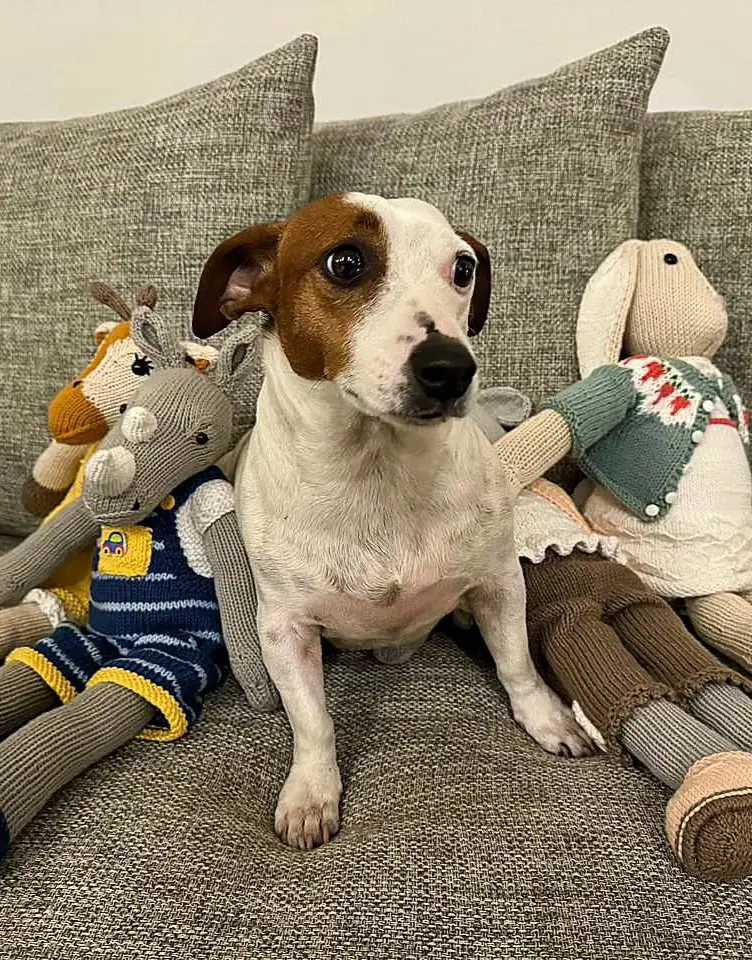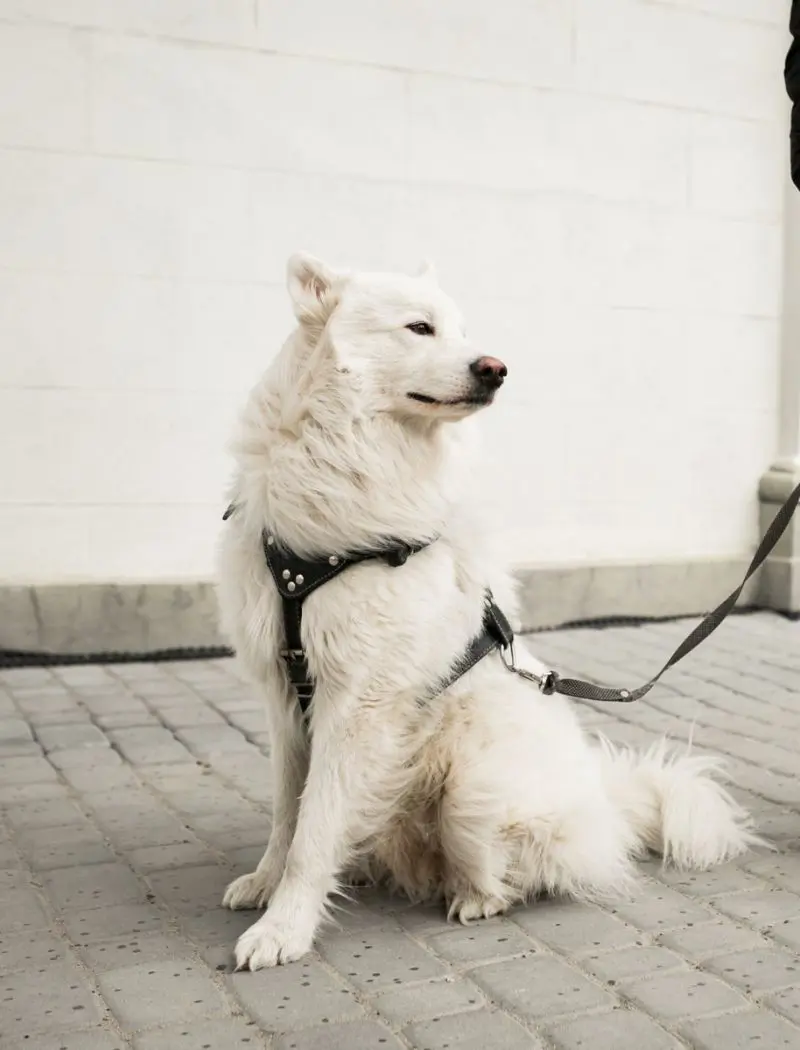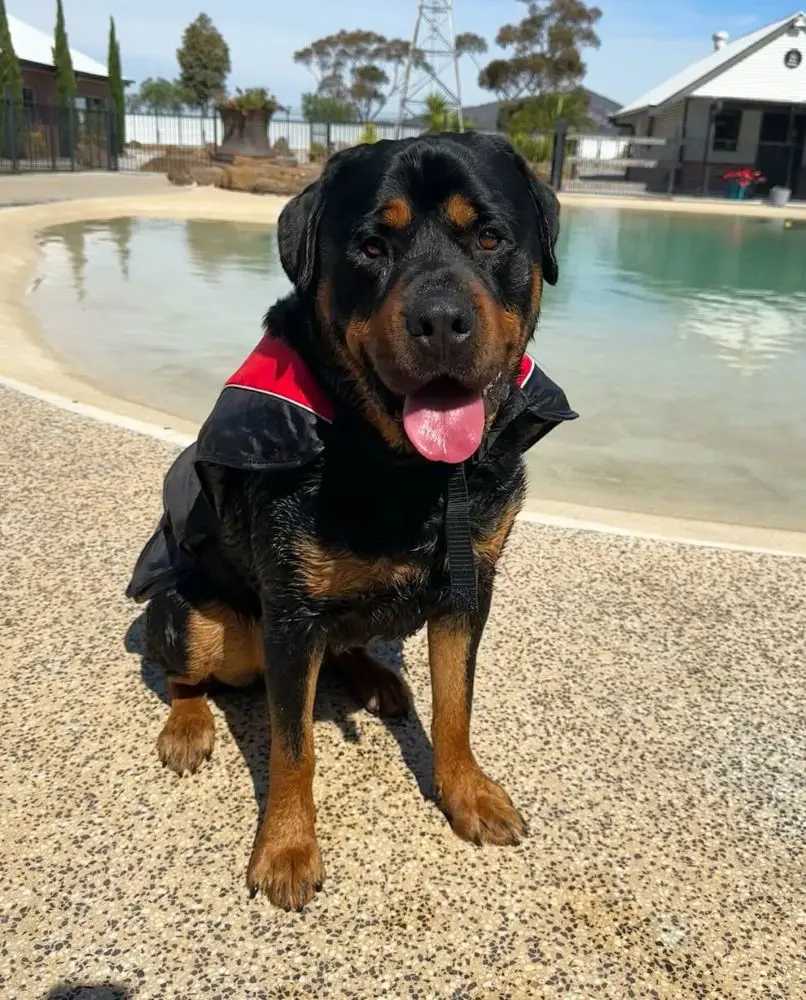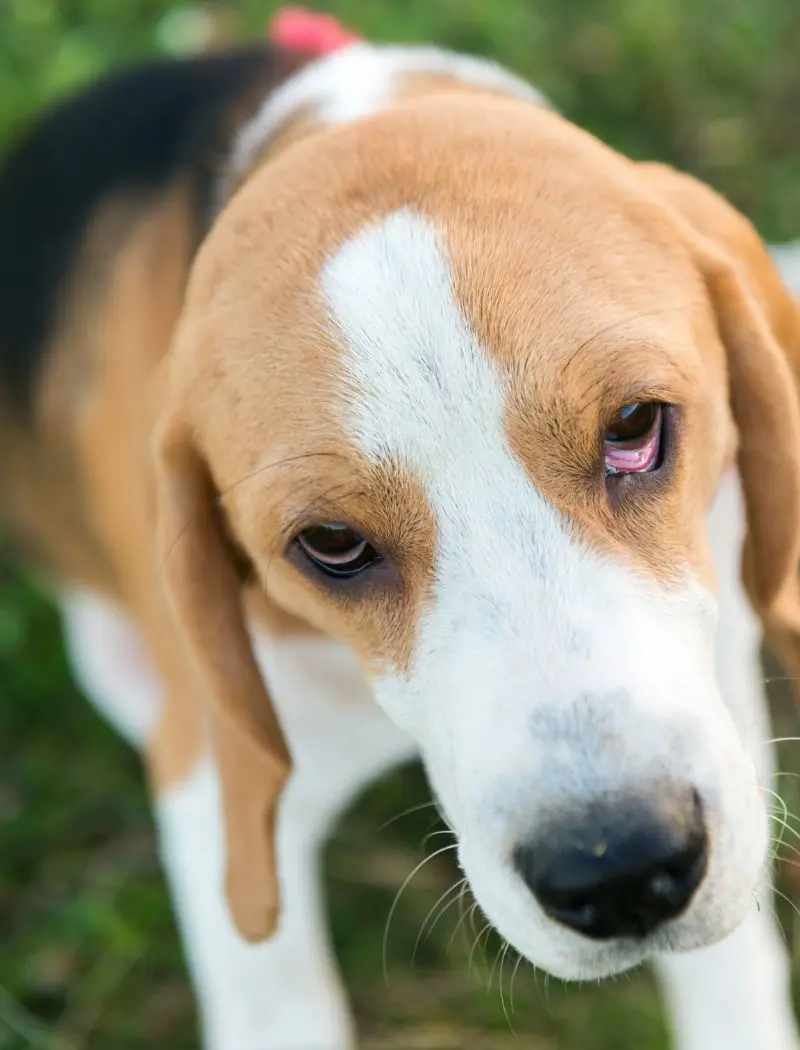Why Is My Dog Scared Of Everything?
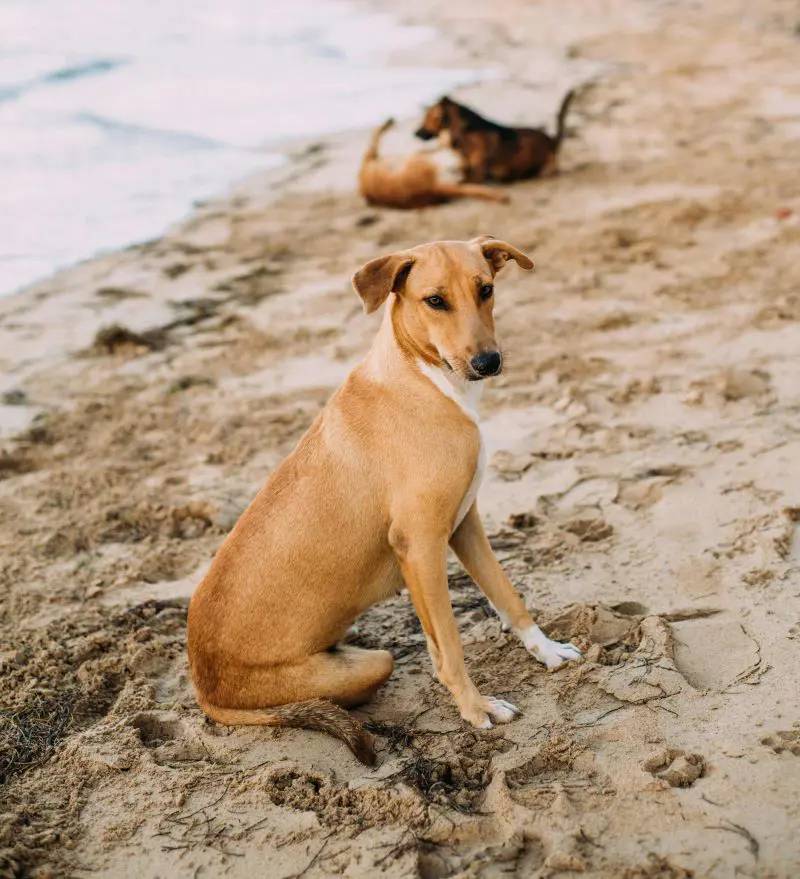
Despite their bravery, dogs can sometimes cow under the couch or tremble at everyday sounds due to fear. Whether it's a cowering response to a loud noise or a meltdown at the sight of the mailman, anxiety can manifest in many ways for dogs.
This unexpected behavior can be confusing and frustrating for the pups and their human companions. However, understanding the common reasons behind fearful canine friends, this guide will help you know more about the underlying reasons, signs to look for, and how to make them fearless furry companions.
Reasons Why Your Dog Is Scared
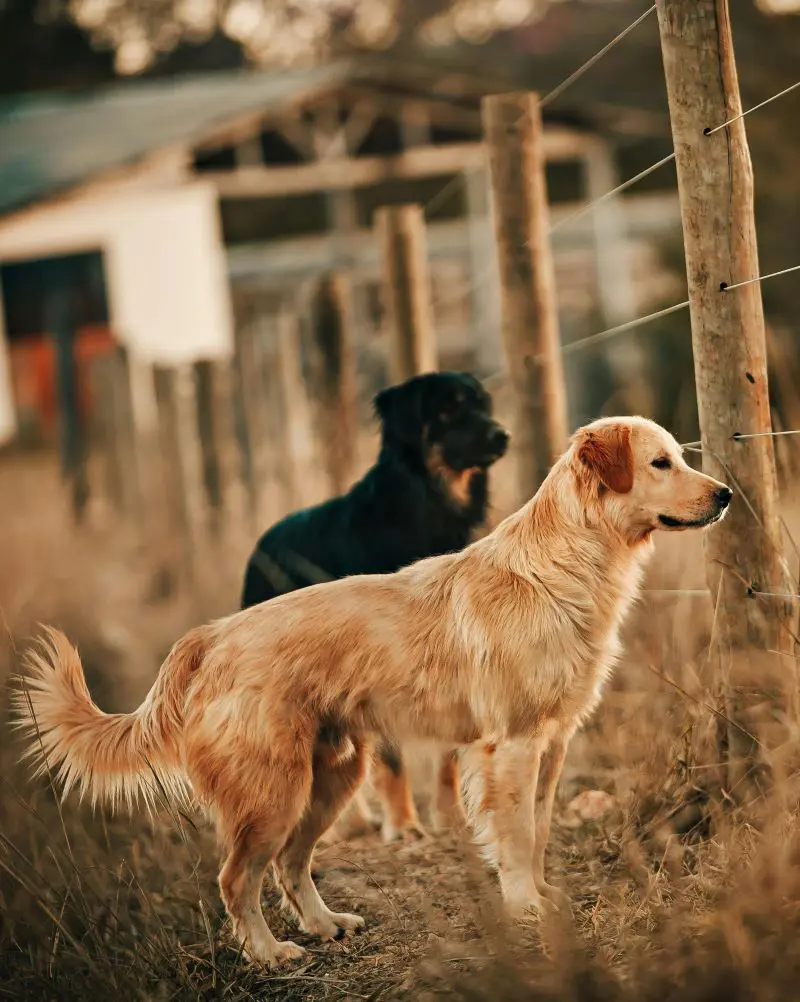
Scared dogs can be a product of nature and nurture. Their genetic makeup, early experiences environment, and daily life can all impact their fearful nature.
There are many reasons why a dog can be fearful, including a lack of socialization, pain, and past traumatic experiences. Common causes of fear in dogs include loud noises, strangers, children, other dogs, and even going outside. It is important to recognize the signs of anxiety in your dog so that you can intervene before their fear escalates.
Lack Of Socialization
One common reason for fear in dogs is a lack of positive exposure to new people, animals, and environments during their critical puppy period. The crucial development occurs between 8 and 16 weeks of age for dogs when the younger ones need positive interactions with the world surrounding them.
It helps a dog feel comfortable with people, other animals, newer places, and novel objects. If your dog isn't properly socialized as a puppy, she may be vulnerable to fearfulness and likely to be scared when new situations arise. When a dog misses out on early adaption to the social environment, they can take a lot of time and work to help them overcome their fear.
Genetic Predispositions
Genetics also plays a role in the growth of a dog's increasing anxiety and fear. Some breeds are predisposed to being slightly more fearless and cautious due to their genetic makeup whereas some can be more likely to be naturally more fearful. Some nervous dogs might also possess a genetic predisposition to fearfulness or shyness.
Some breeds have a history of being more fearful than others, including Maltese, mastiffs, Spanish water dogs, and mixed breeds. Puppies born to their anxious mothers are likely to be scared as well.
Past Traumatic Experiences
For some dogs, all it takes is a single traumatic experience to create lifelong fear responses. For example, a dog that's caught off guard by the firecrackers during a walk might generate a fear response to any loud noises like door slamming or walking anywhere where it occurred.
They might have a bad grooming experience, being forcefully shut in a crate or left alone for too long, which can make your pup afraid of these things and become fearful when repeatedly exposed to them. Even with all the socializing in the world, if your dog is suffering from any previous bad experience like being abused by owners, or left alone at home, there is a possible chance that they will be scared of those same experiences moving forward.
Pain
It is crucial to know that some behaviors that look like fear might be related to pain. Dogs that seem nervous about being touched might be dealing with an undiagnosed medical issue. The pain causes anxiety and confusion, which triggers a dog fight or flight response.
Injury, illness, physical training methods, or associating pain with certain experiences can make dogs fearful. Furthermore, if a certain action has previously caused pain, dogs may develop an association and become afraid of it in the future, even if it's no longer a threat. Ultimately, it disturbs their sense of well-being and safety, making them more susceptible to fear and anxiety.
Environmental Changes
Several changes can be made to your dog's environment to help them tackle their situation. A simple example is playing music to drown out the noises that can scare your dogs or working from home to help your dog feel relaxed and safe without suffering separation anxiety.
Also, loud noises from thunderstorms, unfamiliar sights during a move, or even subtle shifts in air pressure due to weather changes can boost a dog's anxiety. Their keen sense can pick up on unfamiliar smells in a new environment, leaving them unsure and on edge.
Changes In Routine
Dogs usually follow their routine and thrive based on knowing what will happen next. Following their schedule, they have their habit of predicting what will happen or whether it's meal time or time to play with their companion. However, if the routine gets disbursed and changed, it might create a sense of anxiousness and fear, causing your dog to become worried.
If you have a rescue dog in your home, you will notice their fear of being in a new home and will be scared as everything around them has changed, and it takes time to adjust to their new routine.
Common Fears And Phobias In Dogs
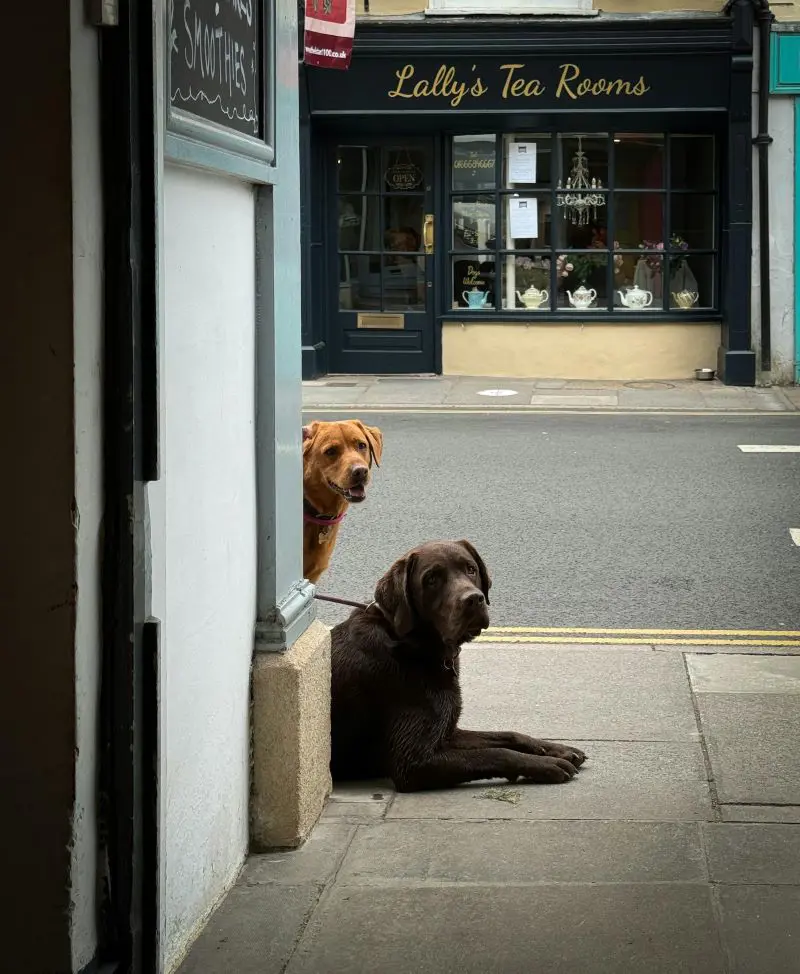
Many dogs' fears are predictable, dogs rarely enjoy a trip to the vet's however the pups, who are scared of everything might have a hard time coping with common and noisy encounters in the surroundings.
Our furry friends might seem fearless, but like humans, they can experience anxieties and phobias. These fears can range from a dislike of loud noises to a full-blown panic attack at the sight of a stranger. Understanding these common anxieties can help us create a safe and comfortable environment for our canine companions. Here are some of the common dog fears including:
Loud Noises
Dogs have sensitive hearing and are often scared of loud noises because they activate their startle response. It is almost impossible to restrict having a reflex when you hear an unexpected loud noise, but dogs, feel scared and will react more dramatically to noises.
Along with the fireworks, the most common sound phobias contain thunderstorms and gunshots as they are loud and unpredictable. Having sensitive hearing, perceiving these loud sounds is extremely threatening. For example, a typical dog might jump at the sound of a dropped pan but afraid ones might run, hide, and refuse to come out.
Children
Children can be scary for dogs, as they are unpredictable, smell funny, and often have sticky fingers and can move in strange ways. They can be challenging for even the most even-tempered dogs.
Dogs, who are not socialized to babies and children from a younger age or have negative experiences where a child has been allowed to pick them up can make them fearful. They will find children even more distressed if they don't understand canine body language and find it difficult to recognize when a frightened dog is trying to escape.
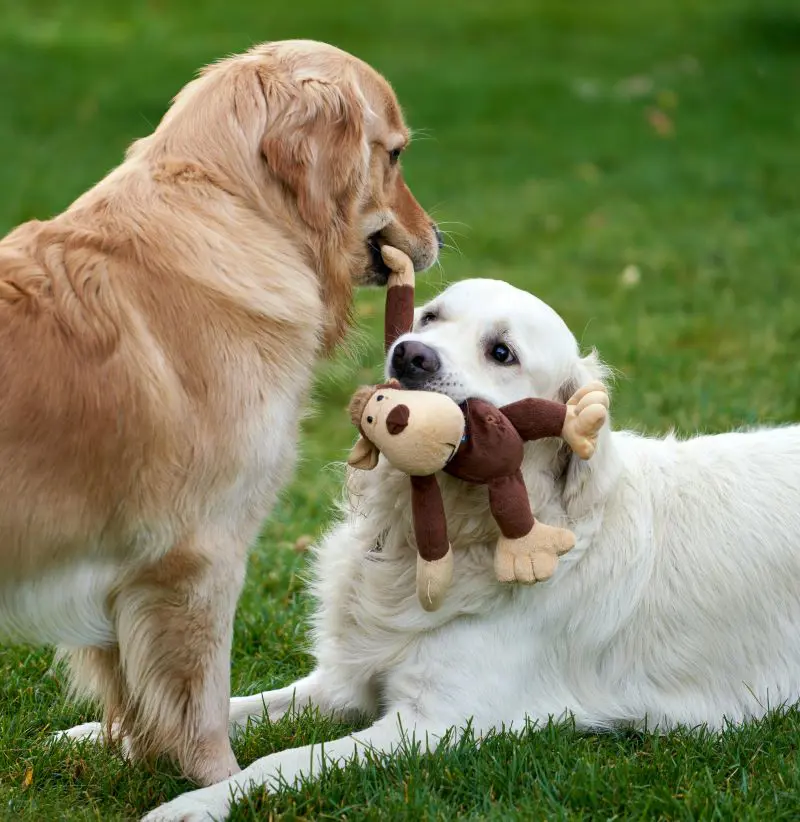
Other Canine Friends
Other dogs can scare your dog if they have had limited experiences with them in their socialization period. This fear can extend to being afraid of dogs who look unfamiliar to them.
Not every dog wants to be friends with their kind, particularly timid dogs. If a dog hasn't had the opportunity to meet other canine friends and develop canine communication skills, it might feel overwhelmed when faced with other pups. Sometimes, their body language can also seem scary. Some breeds are more likely to stare or hold their tail up in a way that looks threatening to your dog.
Unfamiliar People
Some dogs are uncomfortable around strangers who look different from their family or human companions. But pups are afraid of anyone outside their family can make going into public or having guests over traumatic ones.
These furry friends like familiarity, and it is for this reason that early socialization with different-looking people is crucial. Strangers wearing hats, jackets, bicycle helmets, or walking sticks seem strange to a dog who has not experienced them before, so you must help them surpass this fear.
Traveling
Sometimes, the world outside your front door is a scary place. Dogs that move to a different environment, from the suburbs to the city, might find the noise and crowds in their new neighborhood overwhelming. However, a traumatic experience outside can be enough to create a fear of going outdoors for these furry friends.
It is natural for a dog to be cautious in a new environment. When they are young, you can introduce them to new places going outside, helping them feel less scared, where they are slippery or rough.
Separation Anxiety
It's no surprise that most dogs don't like to be left alone. They are social creatures and as puppies, they want to be with people as we make them feel safe. Rescue dogs, in particular, have had a lot of changes and can struggle with separation.
Your presence provides constant signals that everything is okay. These signs can be subtle, like your scent or the sound of your breathing. Without them, an anxious dog might imagine the worst-case scenario, fueling their fear.
Signs Your Dog Is Scared
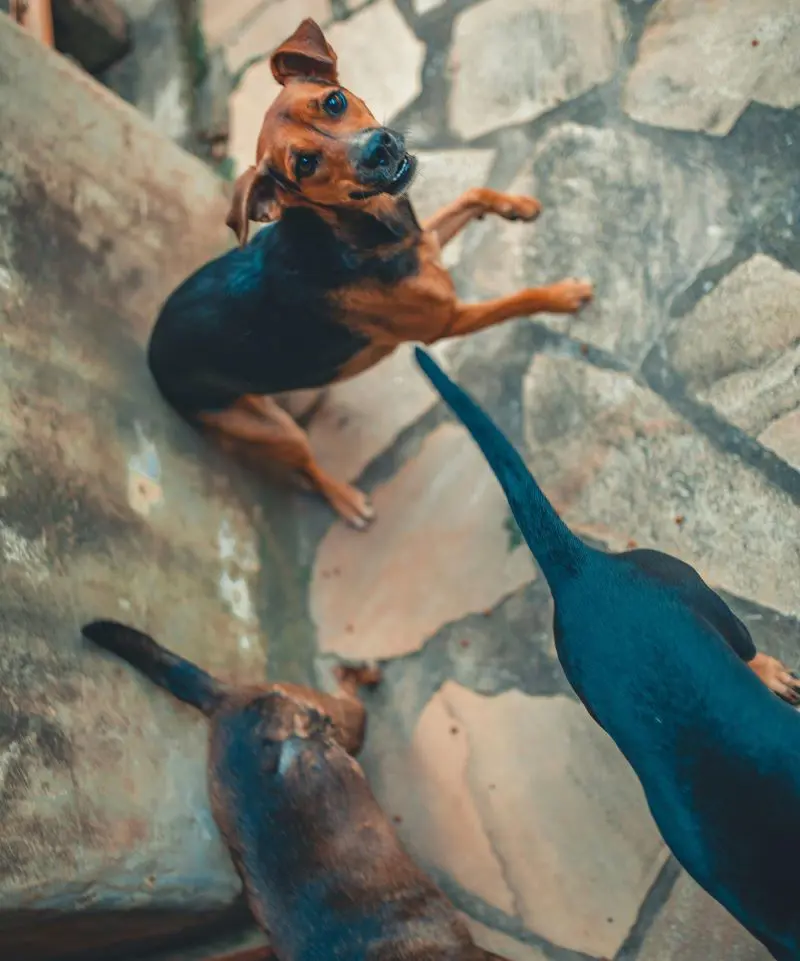
The first step to helping your dog that's scared of everything is understanding their body language and looking for signs. Some fear displays are difficult to miss such as a trembling, hunched-over dog that has its ears back and tail tucked.
There could be several reasons why your dog is suddenly afraid of things. They usually communicate with their body language. This can be obvious depending on their personality and the severity of their fear.
Some Telltale Signs
The signs include a low body posture where your dog might make themselves look small, including tucking their tail underneath. They might also be running away from something or avoiding something trying to escape to be safe and far from danger. They are shown trembling and shivering when they see someone unfamiliar approaching, a dog or stranger with a hunched body, with their heads down.
The scared dog will drool when they are either traveling outside or going in an unfamiliar environment. Sometimes, they display a rise in breathing or excessive panting when afraid. The coats are also dropped off by the pups when they get stressed due to being scared. Also, they might bark, whine, or howl at something to make them go away as a self-response to make themselves feel better.
More Subtle Signs
- They might freeze in one place or move slowly, showing their fear with their ears back.
- These pups repeatedly lick their lips which shows they are afraid inside.
- They begin to yawn frequently showing signs that they are scared.
- They do several things like showing teeth or growling to move further away from the stressors.
How To Help A Fearful Dog
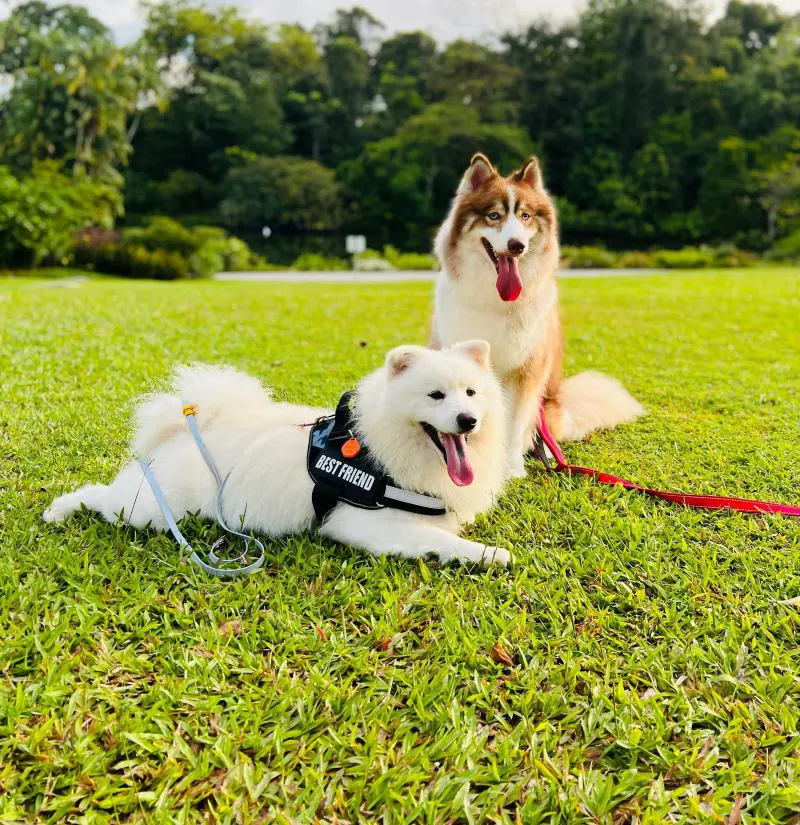
Be patient with your dog. A training plan is key to making your dog feel safe when adapting to new experiences and environments. It should involve management positive reinforcement training with desensitization and counter-conditioning.
Trying to push a nervous dog beyond his comfort zone should derail the training process, so be patient and encourage your pup to be more confident. Here are some of the tips that you can apply to help a fearful dog depending on the situation:
Around Children
If you don't have children in your home, managing your dog's behavior is easier by keeping them in a safe and quiet environment when small guests visit.
However, if you have children and discover that your new dog is fearful around your children, make sure your dog has a specific area to spend time away from them. Also, you can get them a positive reinforcement class to help assess the situation and help them be comfortable and safe around children.
Among Other Pets
Helping fearful dogs to be more confident around other canines requires a good understanding of dog body language. You should work on dog introductions with another canine partner to keep your pup, feeling comfortable.
Keep early introductions short and end sessions before the nervous one gets overwhelmed. For dogs that are uncomfortable around other dogs, find a savvy dog and try walking them together at the same speed as the distance maintained between them. Take them closer when they seem relaxed, gradually bringing them together.
Strangers
The use of counter-conditioning and desensitization can help a stranger's shy dog to overcome their fear. First, find your dog's favorite area where they stay calm when seeing a stranger. Then ask the stranger at their edge, and feed your dog an extra special treat.
Giving them treats while the person is in view can help bridge the gap between the dog and the person over a series of training sessions. Watch your pup's body language to ensure they are calm and confident.
Going Outside
Dogs that are afraid to leave their home can benefit from a training process called shaping. It makes it easier for dogs to face their fear by breaking down behaviors into manageable steps and rewarding the dog for making progress toward the finished product.
Parents should stand first near the door with a handful of treats. After your dog moves towards you, mark the behavior and toss a treat to your dog. Then, continue to reward them for their every step toward a door until your dog can cross the barrier.
Recent posts
Dogs
What Are Dogs Afraid Of? 10 Common Dog Fears And Phobias
Becoming a dog owner comes with certain responsibilities, including identifying their fears and phobias. From an unpleasant sound to an unfamiliar scent, many factors can trigger a fear response. Understanding a dog's psychology can be complicated; a...
How To Put A Dog Harness On: Step By Step
A dog harness is a popular and safe alternative to a neckband that is designed to distribute pressure more equally across the structure while walking or running. They are worn around the chest and torso, making them a comfortable option for many dogs...
15 Webbed Feet Dogs Breeds That Can Swim
Dogs often become excited when they are near a water body like a pool, river, or beach. Unlike cats, canines are not wary of water and are usually seen enjoying their swims at their nearby water hole. However, enthusiasm alone doesn't dictate a dog's...
20 Fun Activities For Dogs During Winter
Winter can be a great time to embrace the chilly season with creative activities that keep your furry friend happy and entertained. They provide a perfect opportunity to explore unique ways to bond with your dog. From snowy outdoor experiences to coz...
How To Introduce Baby To Dog: A Step By Step Guide
Adding a new baby to your home is exciting, but it can also be a big change for your dog. A dog's natural curiosity involves a patient, prepared, and considerate introduction to a newborn baby. A smooth transition is important for the safety of your ...
Do Dogs Cry? What Does Their Tears Mean
Dogs are known to shed tears as a way to lubricate their eyes and not because of sadness or emotional pain like humans. Tears in dogs may indicate medical issues like eye infections or blocked tear ducts that may cause discomfort to them. It is very ...
